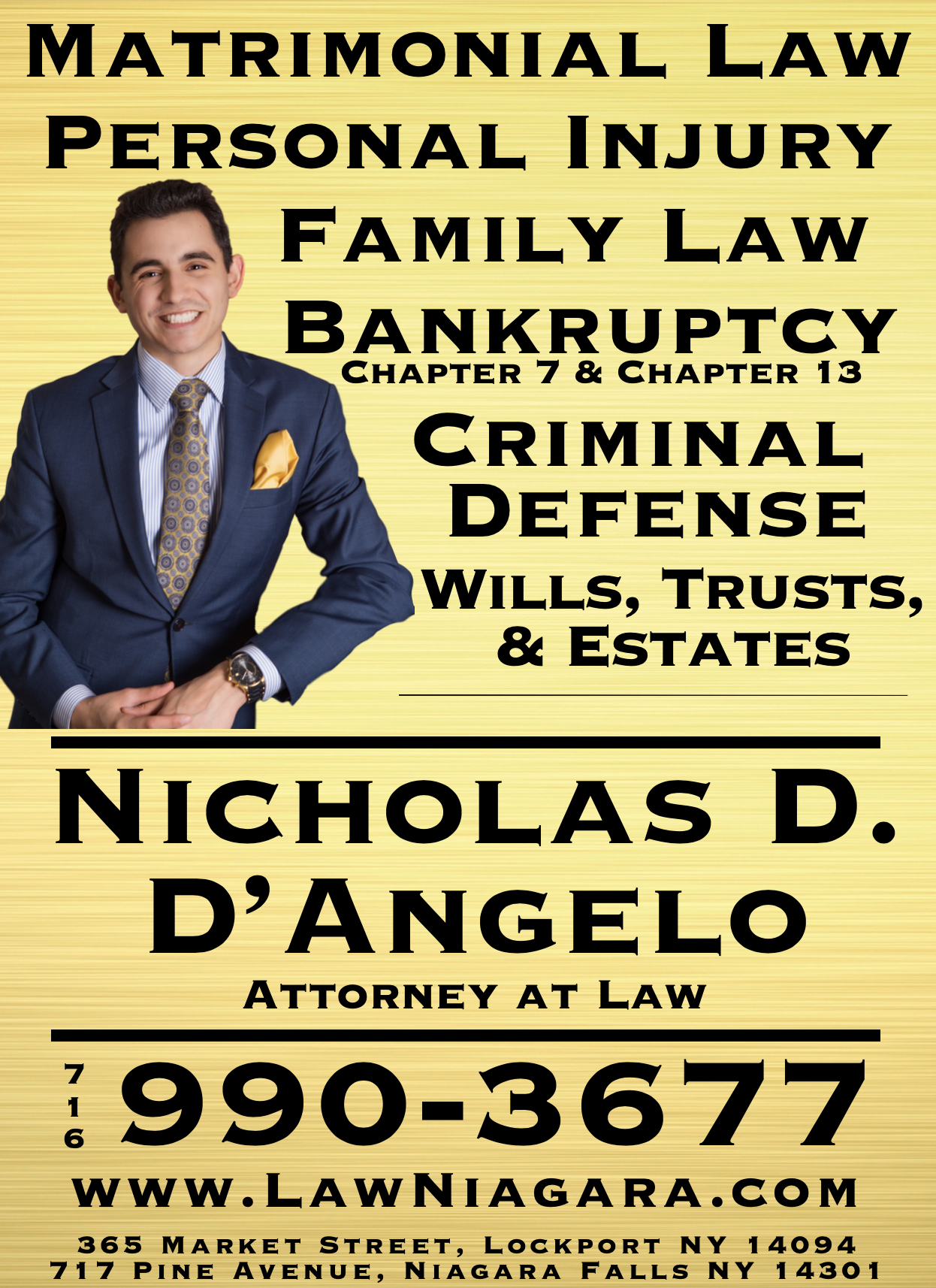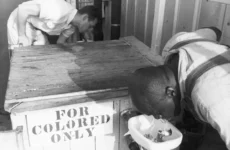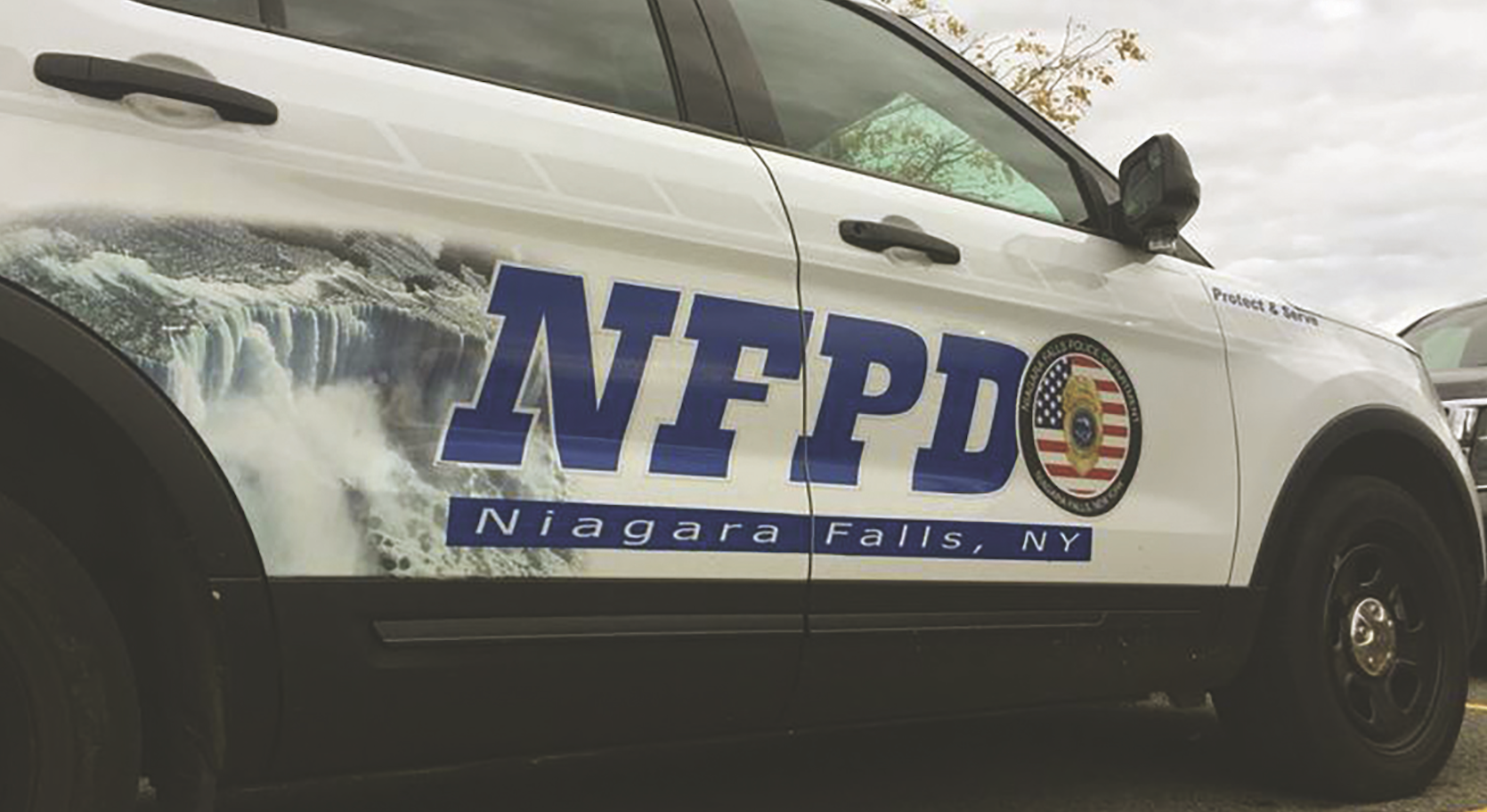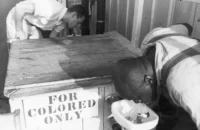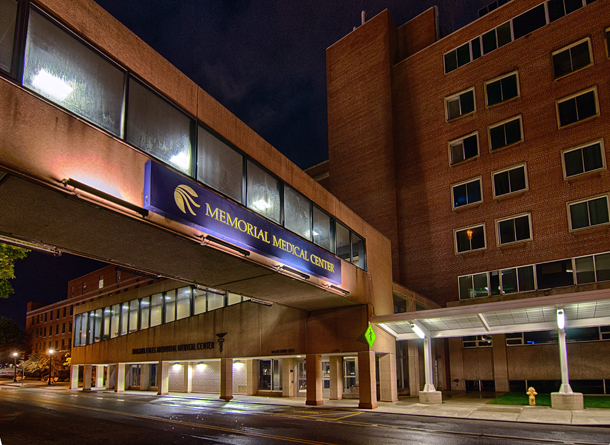Please click the link below to subscribe to a FREE PDF version of each print edition of the Niagara Reporter
http://eepurl.com/dnsYM9

By: Robert M. Restaino
Candidate for Mayor of Niagara Falls
In my last article printed in this newspaper, I compared the fiscal policy of the current administration in City Hall with a wagering theory known as the “gambler’s ruin.” Simply stated the theory contends that in the random process of wins and losses, the longer a person gambles the greater the chance of going broke. Also, starting out with limited resources almost guarantees that gambling will result in certain financial ruin. Nevertheless, the persistent gambler continues to do the same thing over and over again convinced that a huge jackpot is just one hand or one spin away. While the gambler believes that the persistent wagering constitutes a beneficial chance, the opposite is really true. The betting continues until the gambler’s entire stake is lost.
Is there enough factual evidence to support my argument that for the past 12 years the annual budgeting practices developed by the current administration are very similar to the wagering habits of a persistent gambler? Can the legitimacy of my argument be established by researching all of the financial information that is available on the City’s official website? Has the current administration simply adopted the “gambler’s ruin” practice as its official fiscal policy? I’ll let you decide.
Since 2008, the current administration has exhausted approximately $25 million of the City’s fund balance through its regular inclusion of this money to help cover annual operating expenses. Actually, the certified FY-2017 audit completed by FreedMaxick, CPAs indicated that the City’s “unassigned” fund balance was actually in deficit by $676,618 as of 12/31/2017.
Since 2008, the current administration has transferred approximately $90.24 million of casino revenue through its annual inclusion of this money to cover debt service payments and to help cover annual operating expenses. In fact as of January 4, 2019, a City spreadsheet of revenues and expenses that covers casino funds received during the period 2009 to the last recorded payment on April 12, 2017 indicated that the local share of casino money totaled approximately $152.7 million. Of that total, approximately $40.04 million was paid out to other local entities as per the provisions of New York State Finance Law-Article 6-Par. 99-H; thus leaving the City with approximately $112.6 million for its discretionary use. However, since the amount of casino revenue pumped into the city budget to cover annual operating expenses has averaged about $9.5 million per year for the last 10 years, there is only $694,002 left in the Tribal Fund account!
Could the current administration have found a better use for this $112.6 million than simply covering the bet that annual operating revenues would exceed annual operating expenses? Could some of this money have possibly been set aside to create an economic development fund designed to lure new companies to Niagara Falls? How many companies offering living-wage pay scales could have been encouraged to locate in Niagara Falls with the use of this money? Could such a fund have avoided the closing of Globe Specialty Metals on Highland Avenue?
Since 2014, the commercial and industrial property tax rate in Niagara Falls has increased from $30.11 per $1000 of assessed value to $36.98 per $1000. In just 5 years, local businesses have been hit with a $6.87, or 23 percent, increase in their tax rate. Is this a “business friendly” economic environment that has been created by the administration? Is this a strategy for business development and expansion or a process leading to financial ruin?
Actually, during this same 5-year period, the assessed value of all commercial and industrial property in Niagara Falls has declined by $13.6 million or approximately 33 percent. In light of the property tax policy of the current administration, does it surprise you that business development in Niagara Falls is stagnant? Niagara Falls can’t afford any additional policies that make developers wary of doing business in our city. Any new business development that has occurred during this period has been sponsored by the financial incentives offered by USA Niagara and its parent company Empire State Development Corporation. Growing the non-tourist business community and improving the climate for businesses generally, is long overdue. It is the best opportunity to improve our financial stability, lower our dreadful unemployment figures and improve neighborhoods by spurring more home ownership.
Twenty years ago, in the 1999 city budget, property taxes provided about 42.5 percent of the revenue needed to balance general fund expenses. In the 2019 city budget, property taxes will provide no more than 34 percent of the required revenue. Without any serious thought on how to repair that reduction in recurring revenue, are you surprised that New York State had to “bail out” Niagara Falls with an “advance” of $12.3 million? Are we on a path to “gambler’s ruin”?


